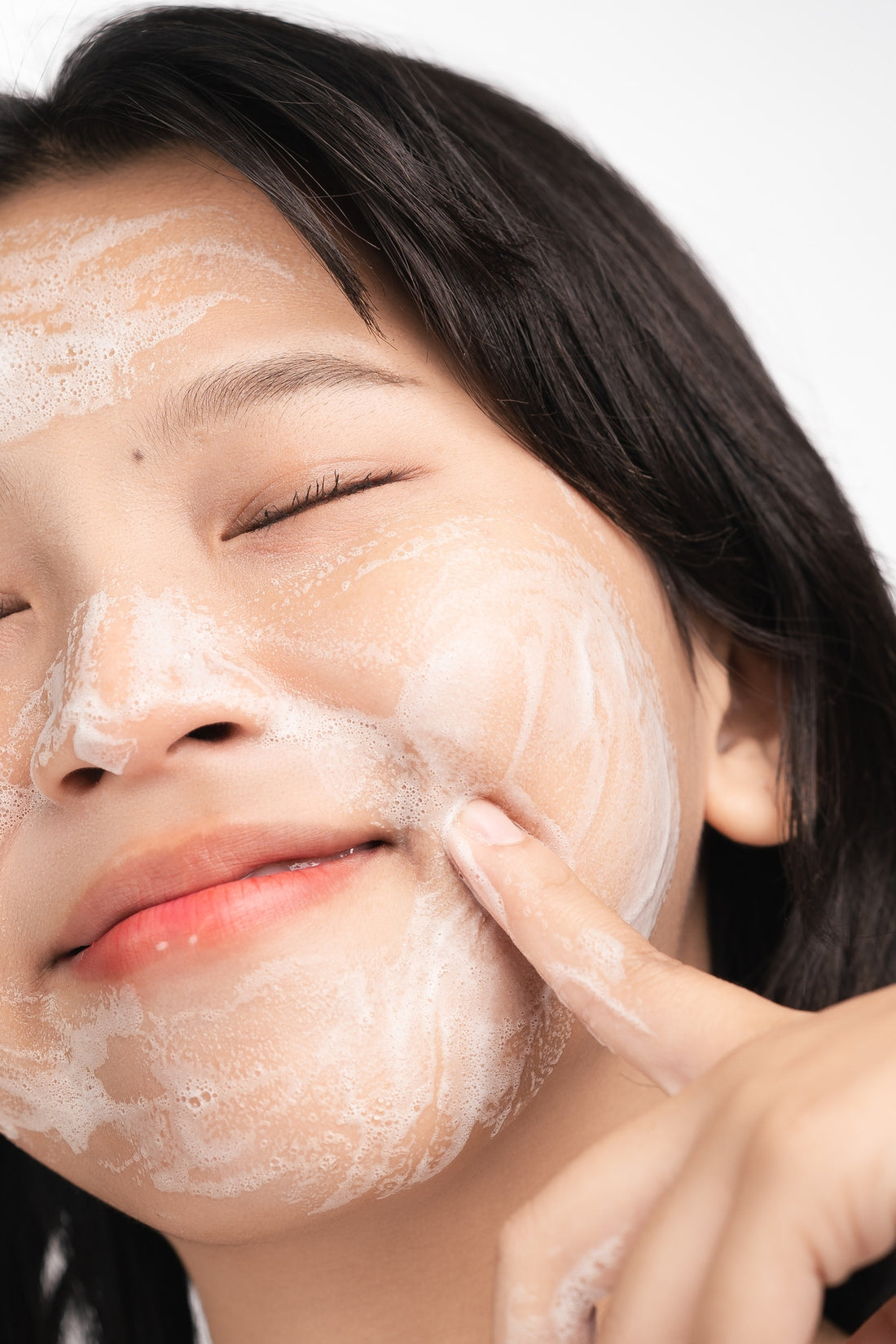Your acid mantle is a very fine and very vital film on the surface of your outermost layer (stratum corneum) on top of the outer layer (epidermis) of your skin. It is slightly acidic (ranging from 4.4 - 6 pH) and your body’s first layer of defence against bacteria, viruses and harmful foreign bodies. It also prevents cellular water loss and keeps your skin soft, elastic and supple.
It is made up of sebum secreted from your sebaceous glands, sweat from your pores, flat dead skin cells knitted together, lactic acid, urocanic acid, fatty acids and pyrrolidine carboxylic acid. It is designed to keep bad things out and good things in.
The bad news
However, this delicate layer can be easily and very commonly damaged and stripped leaving the skin open to infection and bacteria which damage our health, but also our visual complexion. If you have ever experienced a tight feeling after cleansing, for example, your acid mantle has been stripped.
What can damage it
Over cleansing, regular use of acids/peels, extreme heat & cold, sun, air conditioning, pollution, free-radicals, skincare ingredients, such as SLS’s.
The good news - How to love your acid mantle
The good news is that the skin’s pH can naturally right itself within about 30 minutes - the body really is amazing. However, the damage that is done can take weeks to repair.
- Use pH appropriate products (ideally 4-5.5), within 1pH difference to the skin natural level. Higher (alkaline) pH products can damage and dry skin, by dilating follicles (swelling them), which increases the permeability of skin making it more vulnerable to microorganisms and irritants.
- Do not over cleanse or exfoliate. Cleansing is an important part of all our skin care routines to remove makeup and grime and keep pores nice and clear. However, over cleansing can strip away this important layer. Additionally over exfoliation will also remove this layer.
- Be careful with chemical exfoliators and peels. Not all acids are made equal and some are stronger than others. All acids alter the skin’ natural pH allowing exfoliation to occur, however they can also change the skin’s pH making it inhospitable to the skin’s vital flora and therefore open to the colonisation of harmful bacteria. A strong peel should always be followed by an buffer to return the skin to its normal pH immediately.
- Choose ingredients wisely. Keep away from soap - face and body - which is alkaline and SLS’s.
- If you have dry or sensitive skin, regularly replenish your skin’s natural barrier with plant oils. Like acids, not all oils are equal so it’s important to choose an oil with the correct omega ratios to suit your skin type.
- Always choose a product designed for your skin type and no other. Probably the most important.




